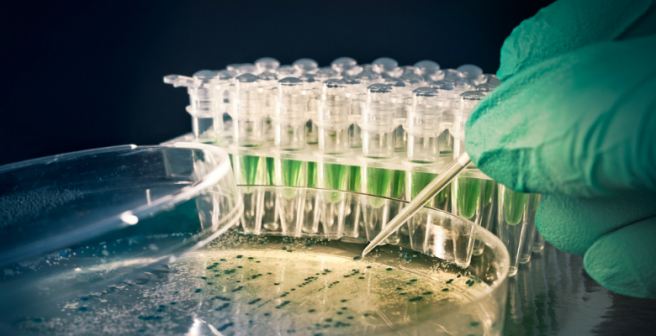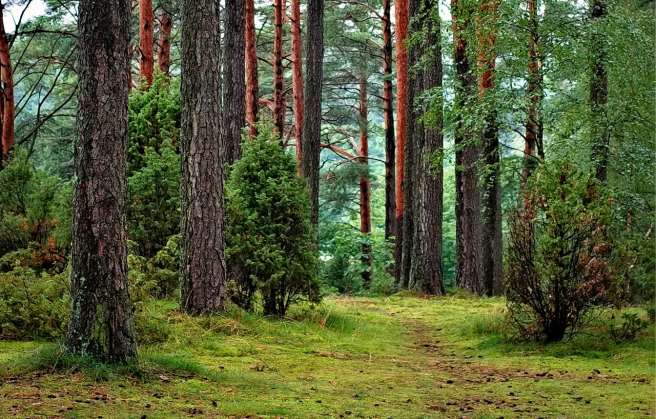Self-entombing microbes offer hope of finding life on other planets

Jeffrey Marlow and his team at the California Institute of Technology, Pasadena, discovered microbes below the seabed around methane seeps near Oregon that are unlike most microbes found on earth. These microbes oxidize methane and generate bicarbonate ions that help them build vast limestone slabs in the soft sediment, and then they go on to live in the self-created cavities in the limestone. Due to this self-entombment, Marlow and his colleagues have named the microorganisms autoendoliths. Although microbes have been known to create rocky structures, what makes Oregon microbes unique is that they do not seem to draw energy from light or other nutrients. These microbes thrive on methane-rich fluids and inhabit the rocks they build. Marlow believes that the discovery of these microbes could offer hope for discovery of life on other planets that seem uninhabitable to any living forms.
Read more in New Scientist.


